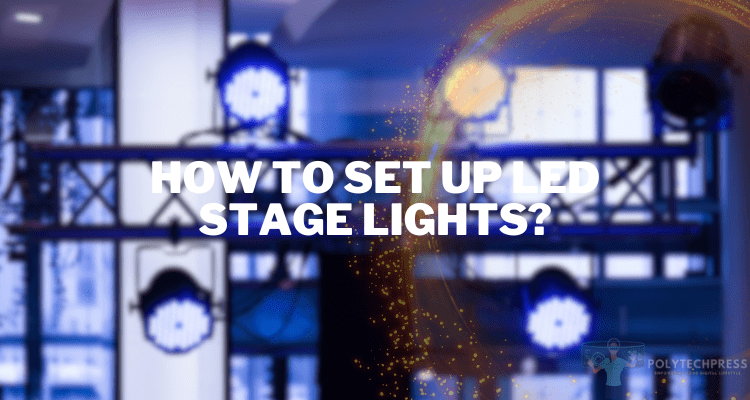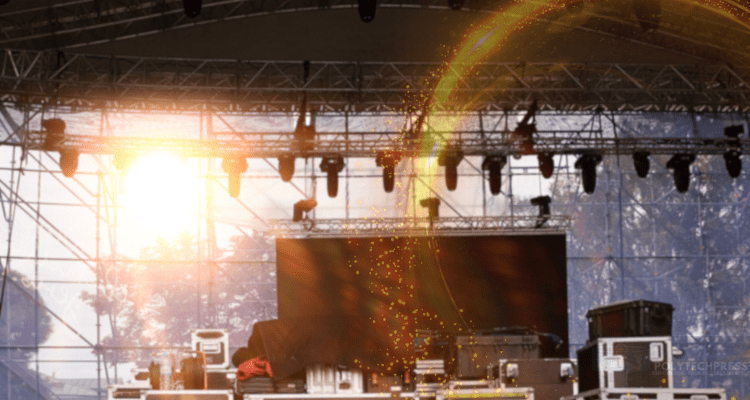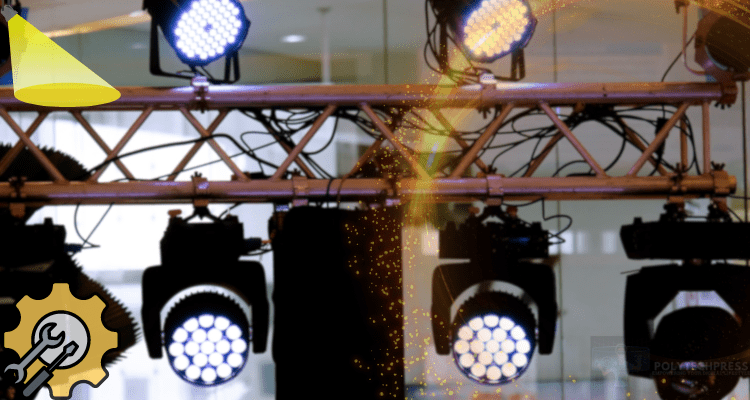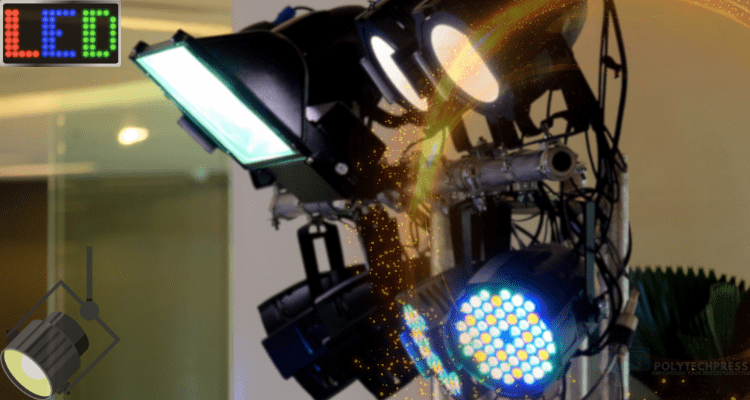How to Set Up Led Stage Lights?
Proper lighting is crucial for setting the mood and drawing focus during any stage performance. With the right LED stage lights, you can create captivating scenes and effects to wow an audience. This article will teach you exactly how to set up LED stage lights for maximum impact. You’ll learn key concepts like developing a lighting plan, selecting fixture types, safe installation, led volume stage, DMX programming, and best practices for operation and maintenance. Whether you’re lighting a school play or a touring rock concert, follow these steps to create professional LED stage lighting on any budget.
Understanding LED Stage Lights

Before installing any lighting system, it’s important to understand the equipment. Here’s an overview of key LED stage light types and terminology.
What Are LED Stage Lights?
LED stage lights use light-emitting diodes as the illumination source. Compared to traditional incandescent bulbs, LEDs are far more energy efficient, long-lasting, and able to produce a vast spectrum of colors. Modern LED fixtures first emerged in concert tours and Broadway productions in the late 2000s. Today, they are the dominant stage lighting technology.
Types of LED Stage Lights
There are four main types of LED stage lights:
- PAR cans: Named for their parabolic aluminum reflector shape, PAR cans produce a solid beam of light. They are suitable for focused highlights and effects.
- Strip lights: Compact rows of LEDs that provide versatile wash lighting and accent lighting. Often used for backlighting.
- Moving heads: Automated fixtures that can pan, tilt, and change color, creating dynamic lighting effects.
- Wash lights: Flood the stage with diffuse color; often used for backlighting large areas.
Why Choose LED Lights for Your Stage?
LED stage lights offer many advantages:
- Energy efficiency: Use 80% less power than incandescent lighting.
- Long life: LEDs can last up to 50,000 hours with minimal brightness degradation.
- Color: Advanced LEDs produce every color in the spectrum, adjustable via DMX control.
- Low heat: LEDs emit very little infrared radiation or heat, reducing fire hazards.
By harnessing the latest LED innovations, modern lighting rigs can achieve almost any effect imaginable while consuming a fraction of the power required by legacy systems.
Planning Your LED Stage Lighting Setup

Careful planning ensures your LED lights serve both practical and creative needs. Follow these steps:
Assessing Your Lighting Needs
Consider the dimensions, height, and focal points of the stage area. How many performers need to be lit? What types of scenes and blocking will occur? All this will determine lighting requirements.
Designing Your Lighting Plan
Use the principles of key, fill, and backlighting. Key lights illuminate front and center stage action. Fill lights reduce shadows. Backlights separate performers from backgrounds. Translate your ideas into a lighting plot diagram noting the position of each fixture.
Selecting the Right LED Lights
Choose LED PARs to spotlight solo performers, strips or washes for back/side fill, and moving heads for dynamic effects. Consider lumens, beam angle, and color temperature. Invest in a DMX lighting console for advanced control.
Installing LED Stage Lights

Preparation and safety are key when physically installing your LED stage lighting rig:
Equipment and Tools Needed
Gather safety harnesses, hard hats, ladders, mounting clamps and hardware, work gloves, cable, and a voltage meter. Use extreme caution when working at heights.
Mounting and Positioning Lights
Following the lighting plot, securely bolt each LED fixture into position on the trusses or grid. Use safety cables as a backup for moving heads. Double check alignment.
Electrical Considerations
LED stage lights often use standard AC power. Connect fixtures properly to avoid shorts. For portable stages, combine multiple lights into power chains. Keep cabling neat and out of walkways.
Configuring Your LED Stage Lights

Once installed, LED fixtures require configuration for professional control:
Connecting to a DMX Controller
DMX512 is the industry standard for controlling lighting systems. Use DMX cables to connect LED lights into “daisy chain” universes terminating at the controller.
Programming Your Lights
Using the DMX controller, assign fixture addresses and channels. Program cues, scenes, and effects tailored to each act of a performance. Set color palettes, movement, and brightness levels for amazing dynamic results.
Best Practices for LED Stage Lighting
Your LED lighting rig will deliver years of reliable performance if properly maintained:
Maintenance and Upkeep
Keep fixtures clean and clear of debris. Check for broken paddles or cables. Ensure adequate ventilation and heat sinking. Replace worn parts when needed.
Enhancing Your Lighting Design
As you gain experience, employ techniques like crossfading, color layering and advanced projection mapping. Attend workshops and read lighting design books to continue honing your skills.
Conclusion
The thrill of LED stage lighting is seeing your creative vision come to life before an energized crowd. By following the steps in this guide, you can design an LED rig that packs visual impact and achieves your unique artistic goals within budget. Just take care to emphasize safety throughout the installation and configuration process. Master the fundamentals and let your lighting imagination shine bright.






